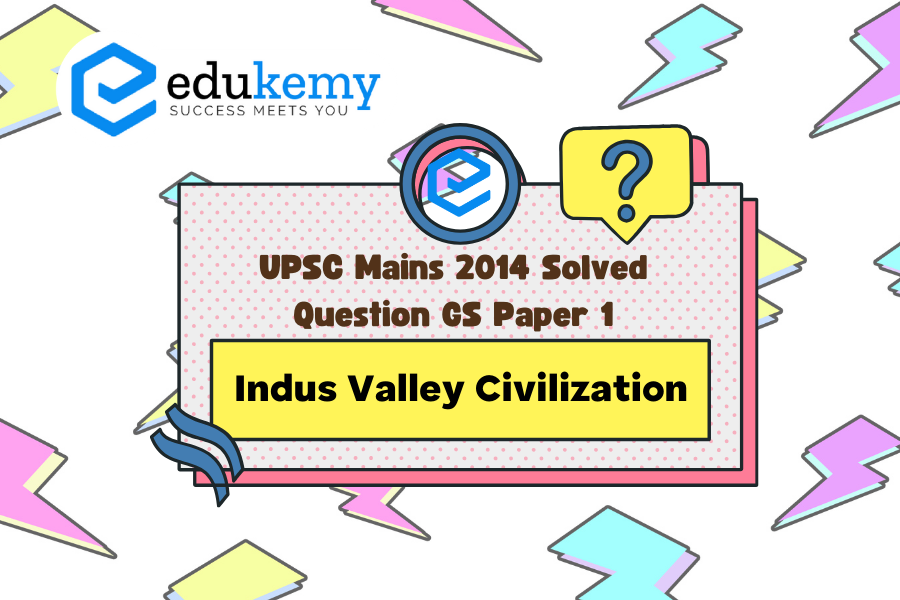The urban planning and cultural practices of the Indus Valley Civilization, flourishing over 4,000 years ago, continue to resonate in modern urbanization. The remarkably advanced urban centers of Mohenjo-Daro and Harappa exemplify sophisticated city planning, featuring well-organized streets, drainage systems, and multi-story buildings. Such architectural ingenuity reflects an early understanding of urban infrastructure and public health, serving as a blueprint for contemporary urban development. Furthermore, the Indus Valley’s emphasis on trade, craftsmanship, and social organization underscores fundamental aspects of modern urban culture and economy. The legacy of their standardized weights and measures, intricate pottery, and trade networks persists in today’s urban societies. While the direct lineage is complex due to subsequent cultural influences, the Indus Valley Civilization undeniably laid foundational principles that continue to shape the essence of modern urbanization.
Tag: Indian culture.
Contents
Decoding the Question:
- In the Introduction, try to write briefly about Indus Valley Civilization and emphasize its Urban architecture.
- In Body, elaborate on the town planning structure and its features.
- In Conclusion, mention how the present urbanization planning in Indian Sub-continent can be traced back to IVC.
Answer:
The Indus Valley Civilization displayed remarkable planning in its urban towns, especially in the area of sanitation and drainage. To a great extent, it has provided inputs to the present day urbanization. One of the major challenges of urban planning, in India, has been dealing with the haphazard construction of buildings. In the IVC, the streets were built on grid-like patterns, which allowed for methodical and planned growth. In modern times, Le Corbusier’s plans for Chandigarh provided for a rectangular shape with grid iron pattern, which enabled fast movement of traffic and reduced the area.

Inputs Provided to the Present-Day Urbanization by The Urban Planning and Culture of the Indus Valley Civilization:
- Wide range of urban and non-urban rural sites: The urban or the ‘mature phase’ of Indus Valley Civilization includes a wide range of urban and non-urban rural sites. They varied in size and function but are inherently known for several features like the town planning with defensive walls with impressive gates around the site, two or more divisions of the settlement at the site, drains, baked brick structures, brick sizes, etc.
- Town Planning: The Indus Valley Civilization possessed a flourishing urban architecture laid out on a grid pattern with provisions for an advanced drainage system. The most important innovation at the time was the standardization of the bricks in a size ratio very close to 4:2:1. The citadel, defense walls, dams, etc., prove the existence of monumental architecture. Mohenjo-Daro, Harappa, Rakhigarhi, and Dholavira were by far the largest urban centers of the IVC evidently as important political and administrative regional centers.
- Citadel and Lower Town: The metropolitan centers were internally divided into two or more parts: The Citadel for rulers and the Lower Town for the common people.
- Private houses and Water resources: The private houses were oriented towards a central space, with access from the street by an entrance that blocks the view of the interior of the house. The number of wells and their association with neighborhoods could indicate a need for discrete and relatively private water sources.
- Great Bath and Granaries: The large public structures have open access or provide a thoroughfare from one area of the site to another like the “Great Bath” of Mohenjo-Daro, and the “granaries” at Mohenjo-Daro and Harappa.
- Drainage System: One of the most distinctive features of Indus Valley Civilization was the carefully designed and well-maintained drainage systems. Wells and bathing platforms were lined with bricks, and small drains carried water away from the wells or living area to larger street drains. The street drains were equipped with sump-pits and the streets had bins for non-liquid waste, which was presumably collected and dumped outside the settlement.
- Rectangular grid pattern: The sites were laid out on a rectangular grid of main streets and smaller lanes with an efficient drainage system. The grid-like arrangement of the streets and the stark uniformity of the houses suggest rigid state control, the first instance of town planning in the world.
Thus, urban planning of the IVC has extensively helped us to learn from it. The Indus Valley Civilization indicates a sufficiently advanced urban civilization, and socio-economic and technological fabric capable of developing a complex urban infrastructure and political organization. The people of the Indus Valley Civilization were traders par excellence, which to a certain extent formed the basis of their urbanized status through trade contacts. The present urbanization planning in the Indian Sub-continent can be traced back to IVC.
In case you still have your doubts, contact us on 9811333901.
For UPSC Prelims Resources, Click here
For Daily Updates and Study Material:
Join our Telegram Channel – Edukemy for IAS
- 1. Learn through Videos – here
- 2. Be Exam Ready by Practicing Daily MCQs – here
- 3. Daily Newsletter – Get all your Current Affairs Covered – here
- 4. Mains Answer Writing Practice – here


